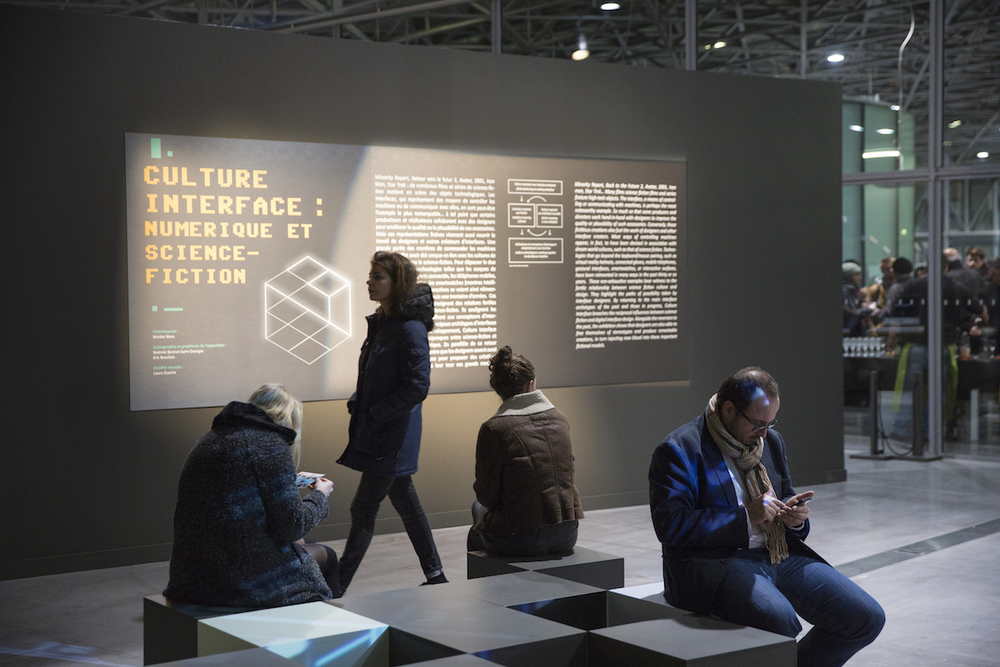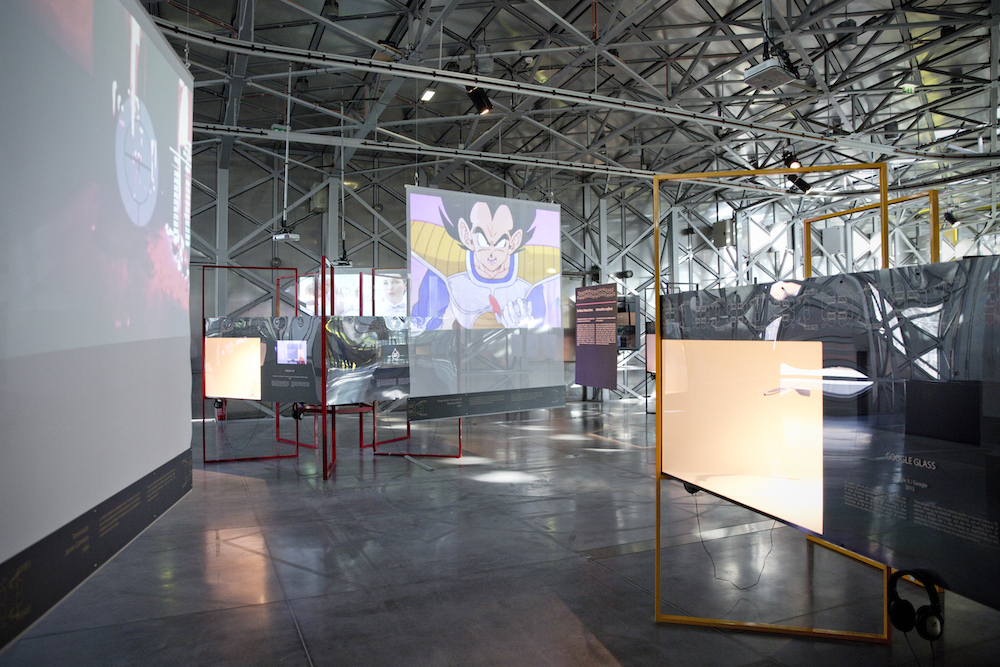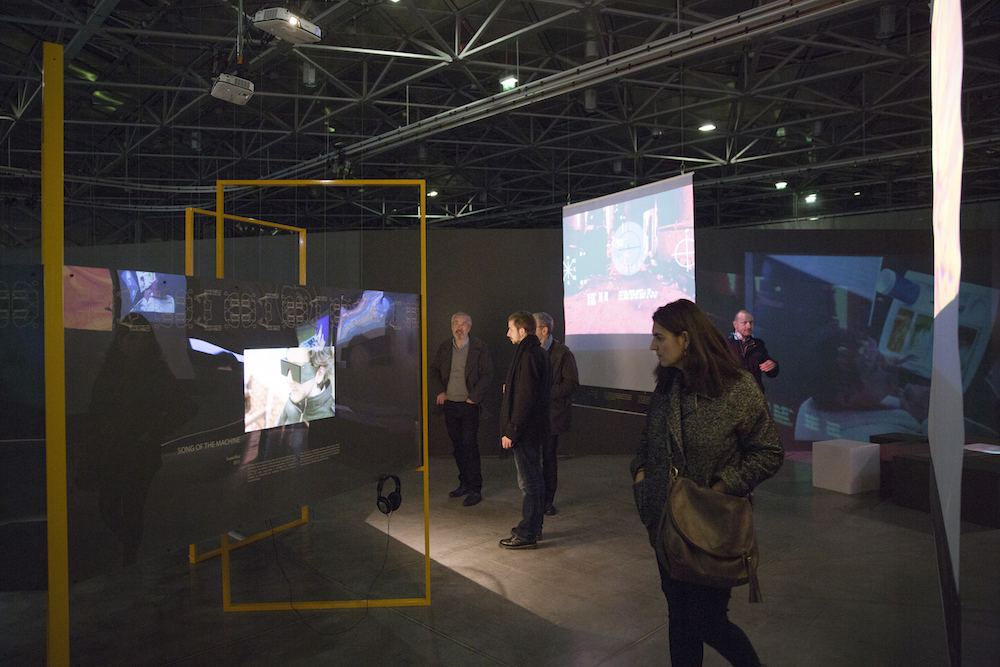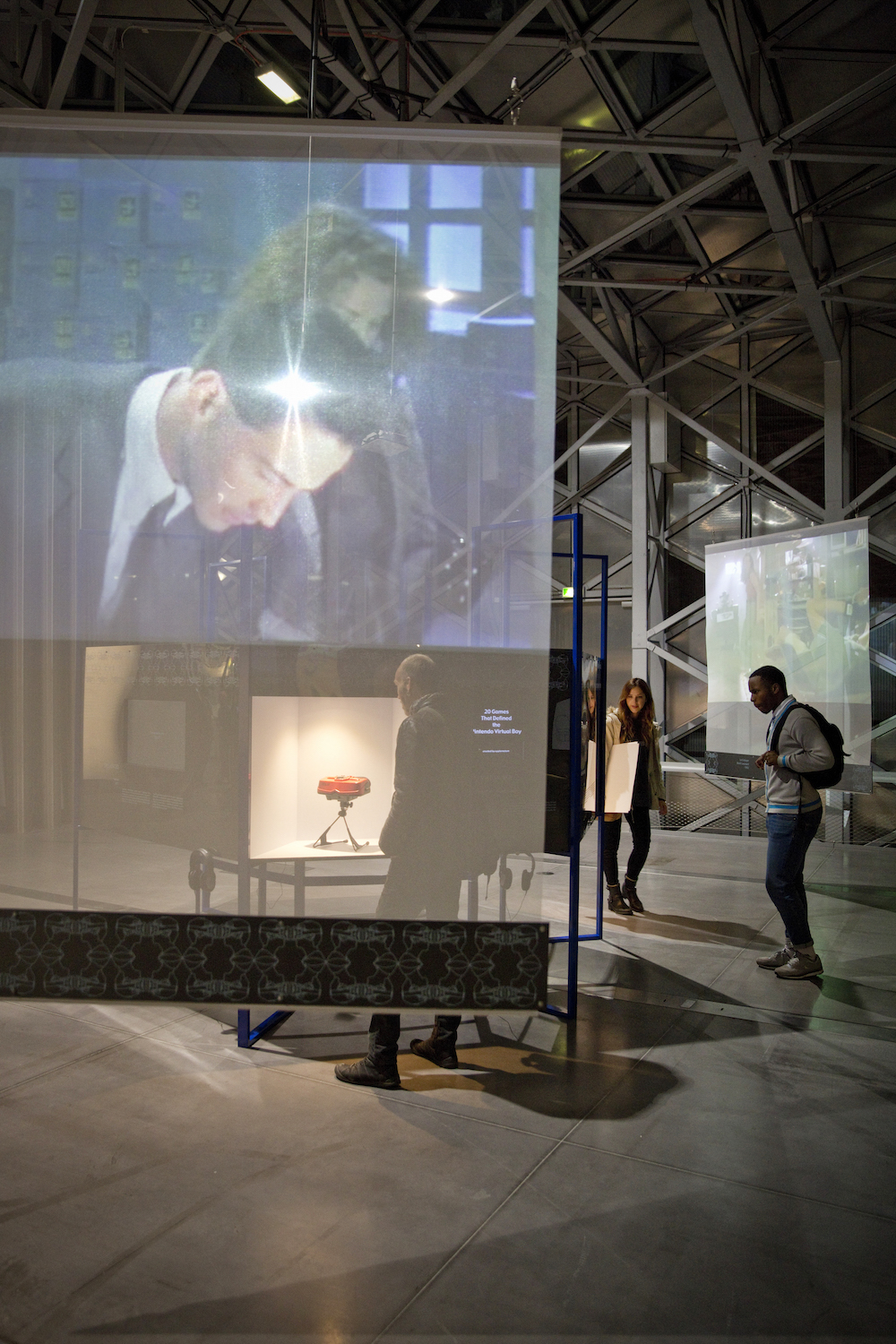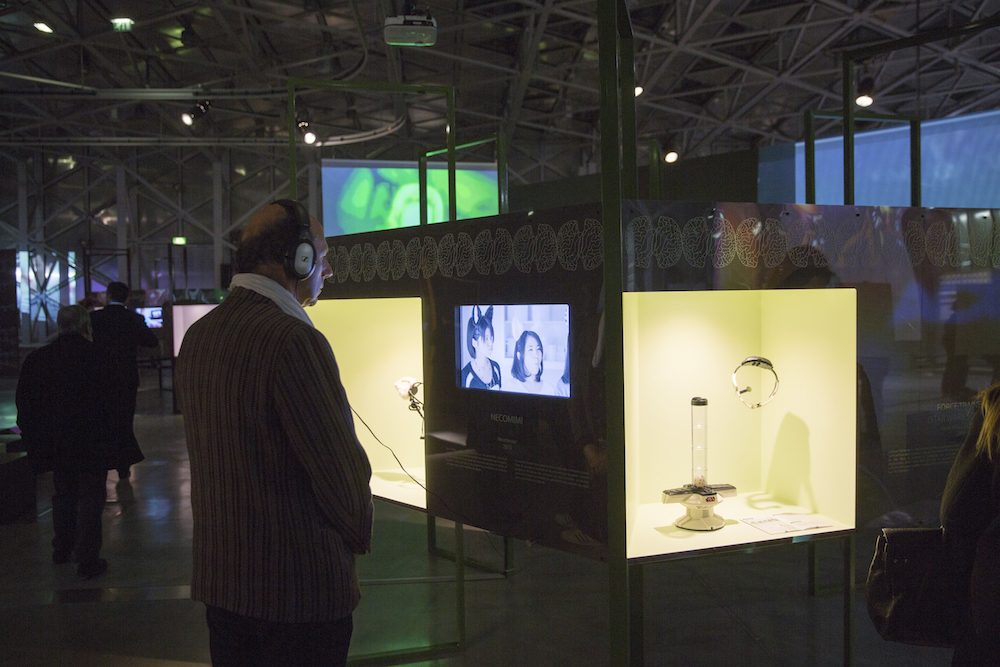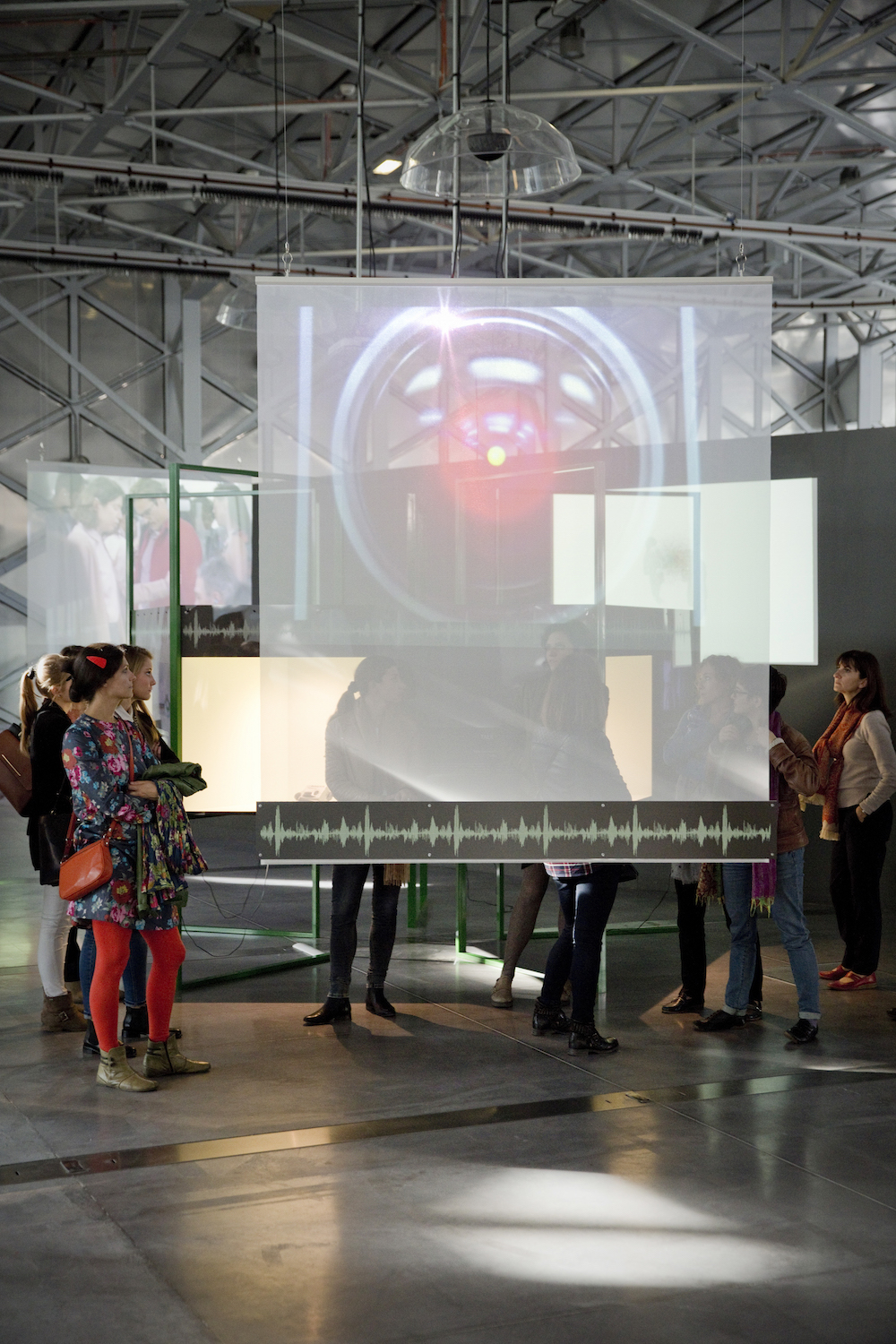The May edition of the Smithsonian has an article on sci-fi, the Future (capital F) and design fiction. Based on interviews with various science-fiction authors (Kim Stanley Robinson, Cory Doctorow, William Gibson, Ursula Le Guin, Ted Chiang or Neal Stephenson), this piece by Eileen Gunn highlights how the genre acts as a sort of laboratory and "how the task of science fiction is not to predict the future. Rather, it contemplates possible futures."
Interestingly, this article describes classical debates about the mutual relationships between sci-fi, science and technological research: the opposition between utopian and dystopian futures (as well as the acknowledgment that this dualism is flawed), the "where's my flying car?" frustration that some authors want to move away from, the need to embrace new visions of the future, etc. The paper concludes with this sort of summary of the role of science-fiction for society:
Science fiction, at its best, engenders the sort of flexible thinking that not only inspires us, but compels us to consider the myriad potential consequences of our actions. Samuel R. Delany, one of the most wide-ranging and masterful writers in the field, sees it as a countermeasure to the future shock that will become more intense with the passing years. “The variety of worlds science fiction accustoms us to, through imagination, is training for thinking about the actual changes—sometimes catastrophic, often confusing—that the real world funnels at us year after year. It helps us avoid feeling quite so gob-smacked.”
This piece is quite interesting. However, I'm not sure about the current debate on the importance of reading science-fiction in research labs ("Brueckner laments that researchers whose work deals with emerging technologies are often unfamiliar with science fiction.") Of course, I'm convince about Delany's quote above but I'm unsure whether this applies to ANY book, film, video-game or comic-book related with "the Future". Would the Warhammer 40K series of book really help like a JG Ballard novel? Besides, one might also argue that poetry or other forms of literature might be helpful? And why limiting oneself to this? Perhaps there are other ways to get this "flexible thinking" promoted by the authors there: RTS games or Eve-Online situated in a distant future might be relevant too. This problem was recently address in another article in The Atlantic. Robinson Meyer commented on Google's process for selecting Google X projects: "lt must utilize a radical solution that has at least a component that resembles science fiction.", to which the author wrote:
When we imagine a “science fiction”-like future, I think we tend to picture completed worlds, flying cars, the shiny, floating towers of midcentury dreams. We tend, in other words, to imagine future technological systems as readymade, holistic products that people will choose to adopt, rather than as the assembled work of countless different actors, which they’ve always really been. The futurist Scott Smith calls these ‘flat-pack futures,’ and they infect “science fictional” thinking. Science fiction, too, can underestimate the importance and role of social change. For every feminist science fiction writer or Afrofuturist, there is a still better-known member of the genre’s far-right.
Why do I blog this? I'm currently writing a book (French) about these topics, and such articles offer interesting parallel to my current thinking and projects carried out at the Near Future Laboratory.
For people intrigued by such material, these pieces should be read alongside Julian's essay on design fiction, as well as "Better Made Up: The Mutual Influence of Science fiction and Innovation" (Caroline Bassett, Ed Steinmueller, Georgina Voss, Nesta, 2013) and "Imagining Technology" (Jon Turney, Nesta, 2013).

